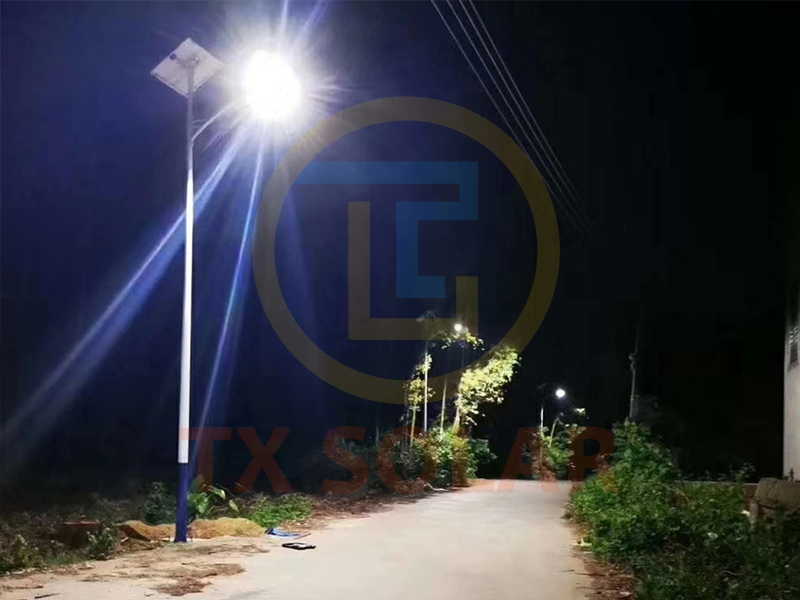In recent years, the push for sustainable energy solutions has led to the widespread adoption of solar technology in a variety of applications, including street lighting. Village solar street lights are increasingly popular in rural and semi-urban areas, providing a reliable and environmentally friendly lighting source. However, a question that often comes up is whether these solar street lights need to be galvanized. The answer is yes, and this article will explore the reasons behind this necessity.
Importance of galvanizing
Galvanizing is a process of coating steel or iron with a layer of zinc to prevent corrosion. This is especially important for outdoor applications, as exposure to the elements can cause rust and degradation over time. For village solar street lights, which are usually installed in open areas and will be affected by different weather conditions, galvanizing is essential for the following reasons:
1. Longevity and Durability
One of the main benefits of galvanizing is extending the life of the materials used in solar street lights. The zinc coating acts as a barrier, preventing moisture and oxygen from reaching the metal underneath. This significantly reduces the risk of rust and corrosion, ensuring the street lights remain functional for many years. In rural areas, where maintenance resources may be limited, having durable equipment is critical.
2. Cost Effectiveness
While the initial cost of galvanizing may seem like an added expense, it can lead to significant cost savings in the long run. By preventing corrosion, galvanizing reduces the need for frequent repairs or replacements. This is especially important for village solar street lights, which can be difficult to maintain. Investing in galvanized materials can ultimately lower your total cost of ownership.
3. Safety Precautions
Corroded streetlights can pose a safety hazard. Rusted utility poles can weaken and become unstable, leading to potential accidents. Additionally, damaged electrical components may pose a fire risk. By galvanizing the materials used in solar street lights, communities can ensure that their lighting systems remain safe and reliable.
4. Environmental Impact
Sustainability is at the heart of solar technology, and galvanizing complements this goal. By extending the life of solar street lights, galvanizing reduces waste and the need for new materials. This complies with the principles of environmental stewardship, making it a responsible choice for villages looking to implement solar solutions.
Galvanizing process
The galvanizing process usually involves several steps:
1. Surface Preparation: Clean metal parts to remove any dirt, grease, or rust. This ensures that the zinc coating adheres properly.
2. Galvanizing: The prepared metal is then immersed in molten zinc to form a metallurgical bond with the surface. This creates a durable and corrosion-resistant protective layer.
3. Cooling and Inspection: After coating, the parts are cooled and inspected for quality. Resolve any defects to ensure the final product meets industry standards.
In conclusion
In short, village solar street lights do need to be galvanized to ensure their longevity, safety and cost-effectiveness. The benefits of galvanizing far outweigh the initial investment, making it a smart choice for communities looking to implement solar lighting solutions. As the village continues to embrace renewable energy, the importance of durable and reliable infrastructure cannot be overstated. By prioritizing galvanizing, communities can fully enjoy the benefits of rural solar street lights while contributing to a more sustainable future.
In a world increasingly focused on sustainability, the integration of galvanized village solar street lights represents a step forward in creating safer, more efficient and greener communities. As we move towards a greener future, investing in quality materials and processes such as galvanizing is vital to the success of solar schemes in rural areas.
Post time: Oct-30-2024

